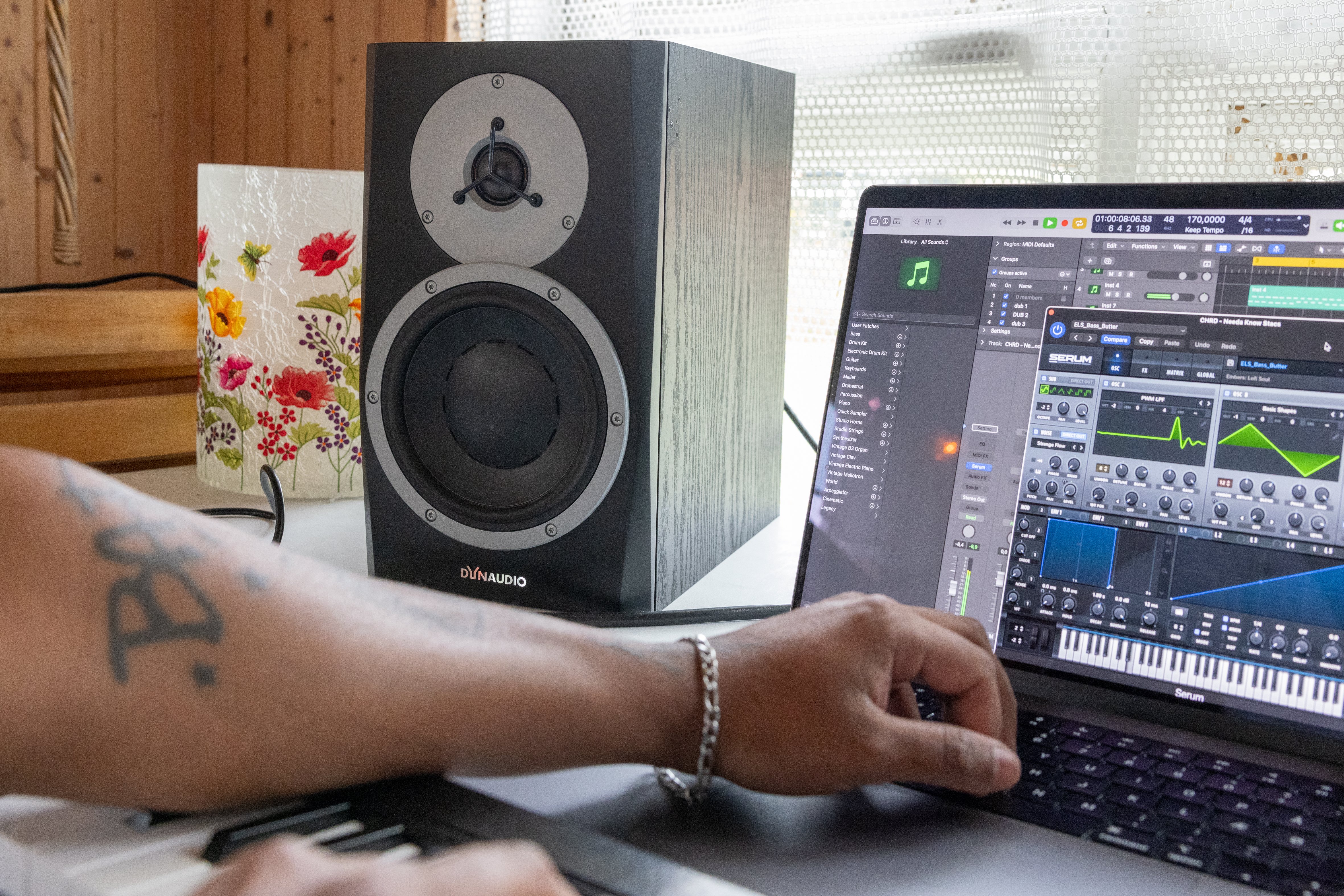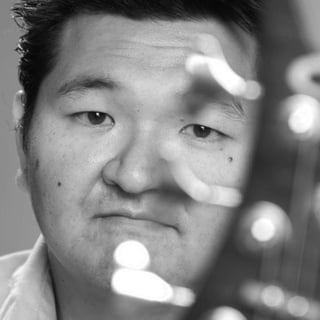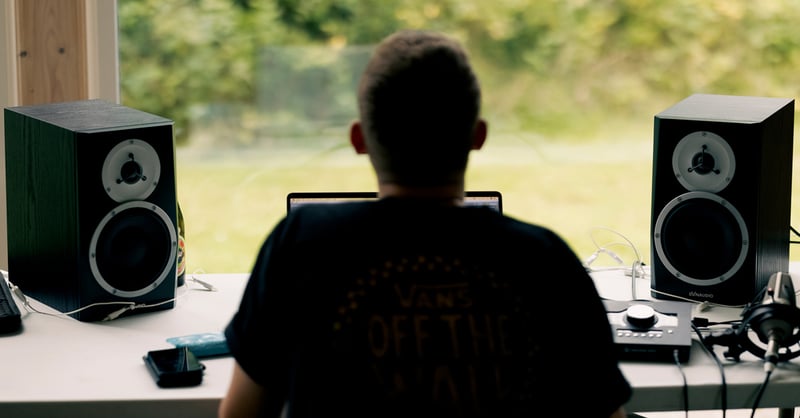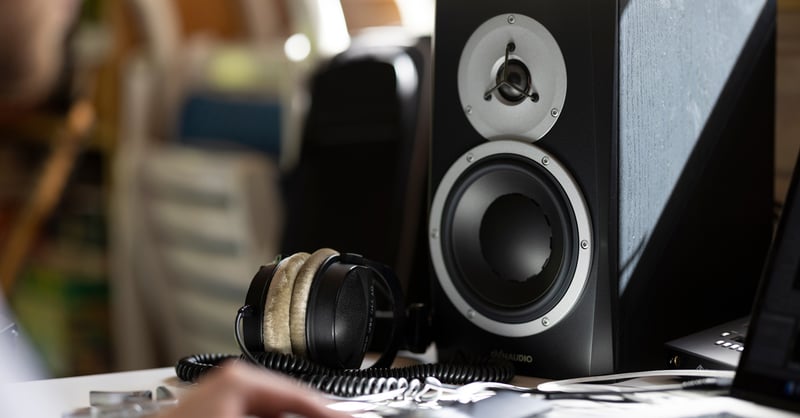EQ is one of the most fundamental tools in music production. Whether you're working on a mix with many individual tracks or on a rendered mix to be mastered, understanding how to use an equaliser effectively can greatly enhance the clarity, balance and overall quality of your work.
Let’s take a closer look at EQ and explore its various applications – including cutting and boosting frequencies, the importance of Q-factor, and some essential tips for using EQ in music production.
The three dimensions of equalising
There are two ways that you can sculpt your audio with an EQ. You can cut at a certain frequency, which decreases the level in this area, or you can boost at a certain frequency, which increases the level in that particular area. Easy. But there is a third dimension that it’s important to understand as well: The Q-factor.
You might have used an EQ on an effects pedal or amplifier for guitar or bass. In this case, the controls were probably as simple as ‘Low’, ‘Mid’ and ‘High’. You can turn each of them up or down – boost and cut. This is the most basic form of EQ.
On some outboard hardware or on more advanced instrument amps, you might have seen two controls for controlling a single frequency area – or frequency band. One knob would set a target frequency, while the other would determine how much you want to cut or boost that target frequency. This is called a semi-parametric EQ.
Finally, many advanced hardware and software EQs present you with a fully parametric interface, which adds the Q-factor. Now you have three knobs per frequency band. You have the same two as on the semi-parametric EQ, but then you get a third knob that is often called ‘Q’ or ‘Width’, which lets you specify the steepness of the ‘slope’. This is the range of frequencies affected by the cut or boost.
If it’s very wide and you target, say, 200Hz, then many of the surrounding frequencies will also be affected. For example, if you boost 200Hz with a very wide Q, 250Hz and 150Hz will also be boosted – just not as much as 200Hz. Conversely, if you go for a very narrow Q, only the immediate neighbours will be somewhat affected – 195Hz and 205Hz, for instance, if we keep the target at 200Hz.
In the rudimentary EQ on a guitar amp, someone has already decided for you which frequency ranges should be associated with Low, Mid and High respectively. They also decided how wide the Q-factor is when you start tweaking the knobs. This can be perfectly fine in many cases. Often, these frequency bands and the Q-widths have been specified by experts and are based on intensive field testing.
Sometimes it’s great to keep it simple – but at other times, you need every possible option for micro-managing the frequencies at your disposal.
Cutting vs boosting
Simply put, you’ll probably cut to solve problems in the mix, and boost when you want to get creative.
If you have frequency problems on a given track, it’s better to try to remove them than drown them by increasing other frequencies. When you remove unwanted resonances or frequencies, you can create more headroom and clarity in your mix, making subsequent enhancements more effective.
TIP! If you have a track that doesn’t sound too good (it might sound ‘boxy’, for example), then you can use a fairly narrow Q with a significant boost and then sweep across the frequency spectrum to identify the exact frequencies that give your track that sound. Once you’ve zeroed in, you can then use an even narrower Q in that area and cut until you hear the boxiness disappear. This approach is often used by live sound engineers if a room has some particularly problematic frequencies that need to be dealt with, but the mechanism is the same on a recorded track.
As a rule of thumb, it’s often advisable to apply boosts using a fairly wide Q-factor, while you can often achieve good results by experimenting with narrower Q when cutting. Naturally, a very narrow Q-width is a more surgical approach, and if you boost just a few frequencies a lot, it tends to sound somewhat unnatural, whereas reducing only a few frequencies significantly doesn’t introduce artifacts in the same way.
Think of this rule of thumb as a good starting point, but not as a rule set in stone. Let your ears guide you, and perhaps in some cases a very narrow boost is fine if it’s subtle.
TIP! Think of your individual tracks as a full mix with different instrument stems. If you want to have more guitar in your mix you can either turn up the guitar track(s), or you can turn all of the other tracks down a bit. The result should in theory be the same, and in reality, it often will be. But if you keep turning everything up, your mix will eventually become very dense and likely clip at the master bus. It’s the same when you sculpt individual frequency areas on a single track: you can remove what’s too loud by cutting, or drowning it in other frequencies. And you can emphasize what you want louder by boosting that frequency range or cutting other areas.
Three EQ points
Finally, we’d like to remind you of three important things that we think will help you achieve bet-ter-sounding mixes.
Use EQ gently and aim for subtle changes rather than drastic shifts. Even small tweaks can yield significant results while preserving the natural character of the audio.
Always keep the overall context of your mix or master in mind. Apply your EQ adjustments with the entire sonic landscape top of mind, ensuring that each instrument or element complements and supports the others.
Use multiple EQs. Don't be afraid to use different EQs on your mix. You might even use different EQs on an individual track within the mix, as most EQ plug-ins or hardware units have a unique sonic profile that you might like for some particular tasks.
We hope by now you’ve gained a better idea of why EQ is one of the most important tools to master, as well as a deeper understanding on how to think of and apply equalisation to your future mixes. No more excuses, dive into your next session with confidence and sculpt those frequencies carefully and deliciously!
Sign up to get more great articles
Nothing compares to the satisfaction of knowing – for a fact – that something is as good as it gets








